Just some pics. Feb 2018.
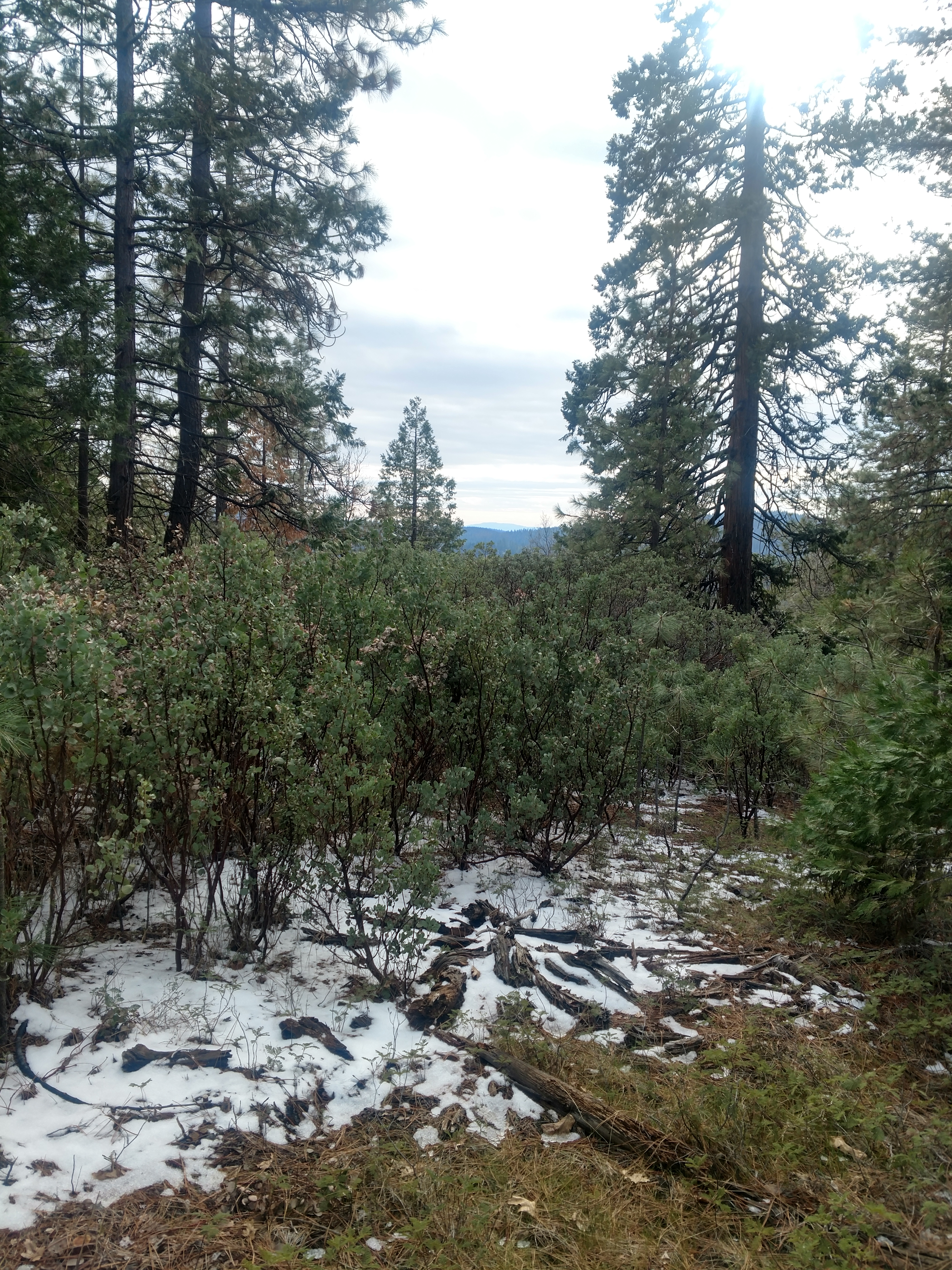
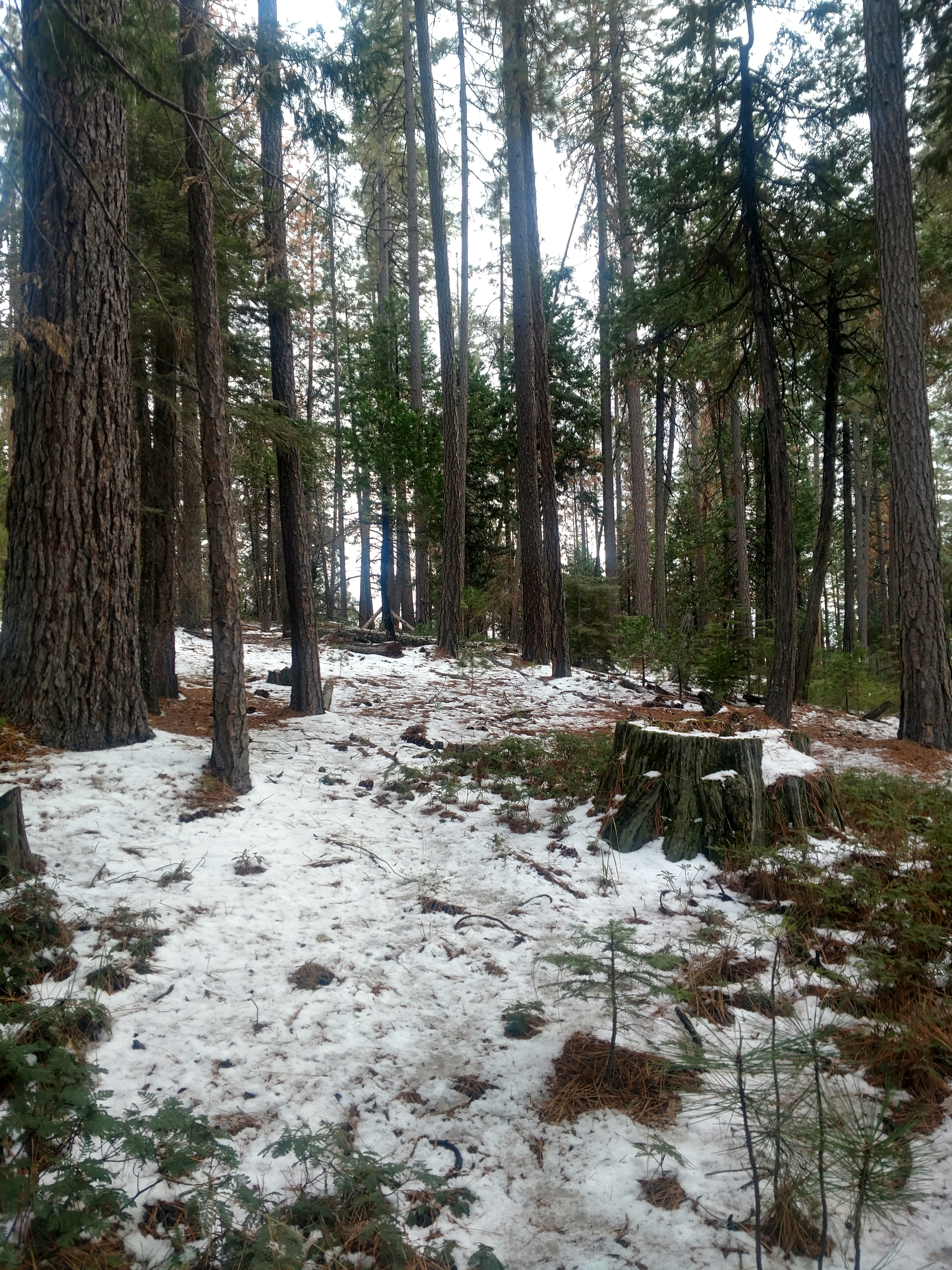
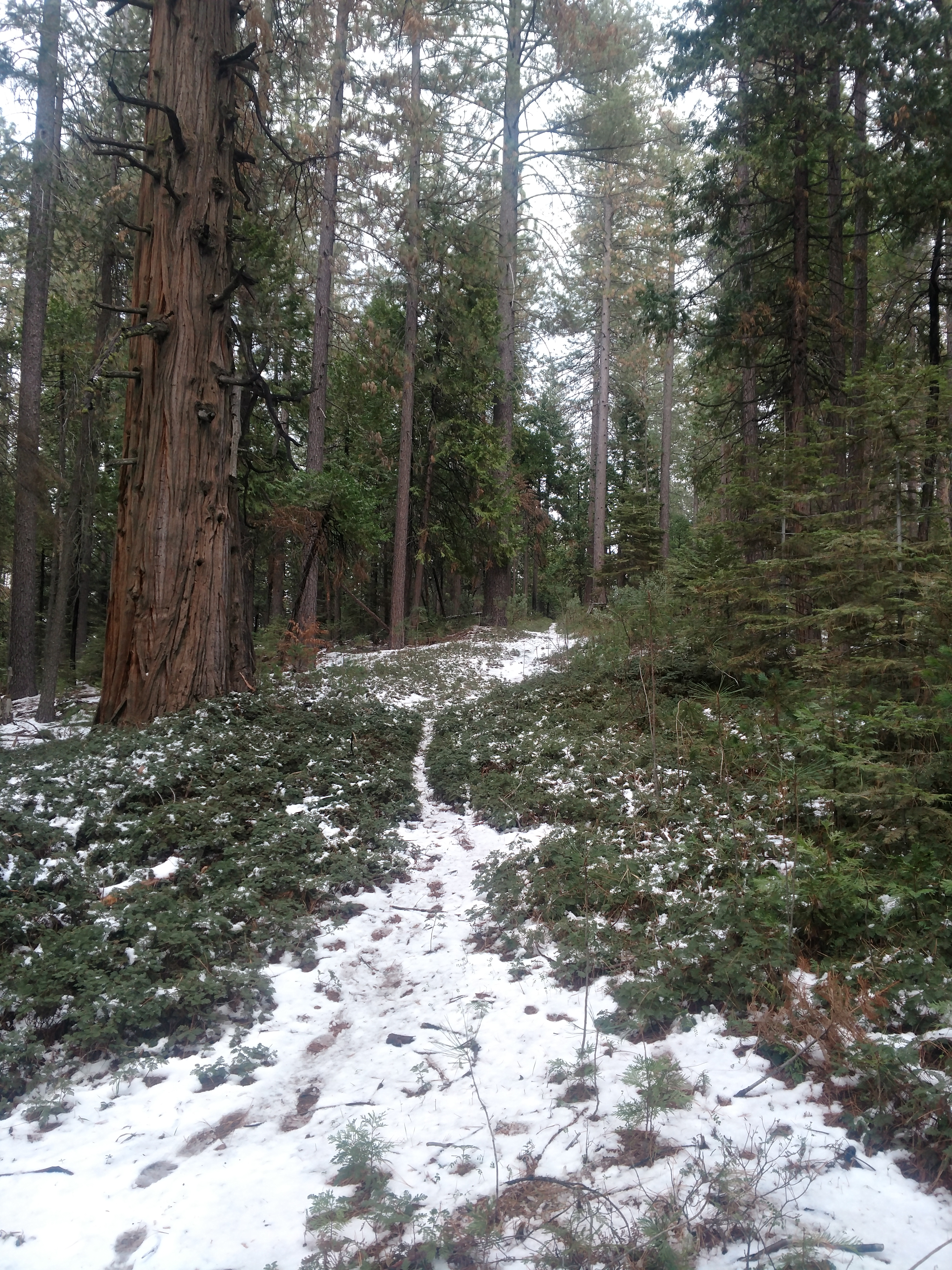
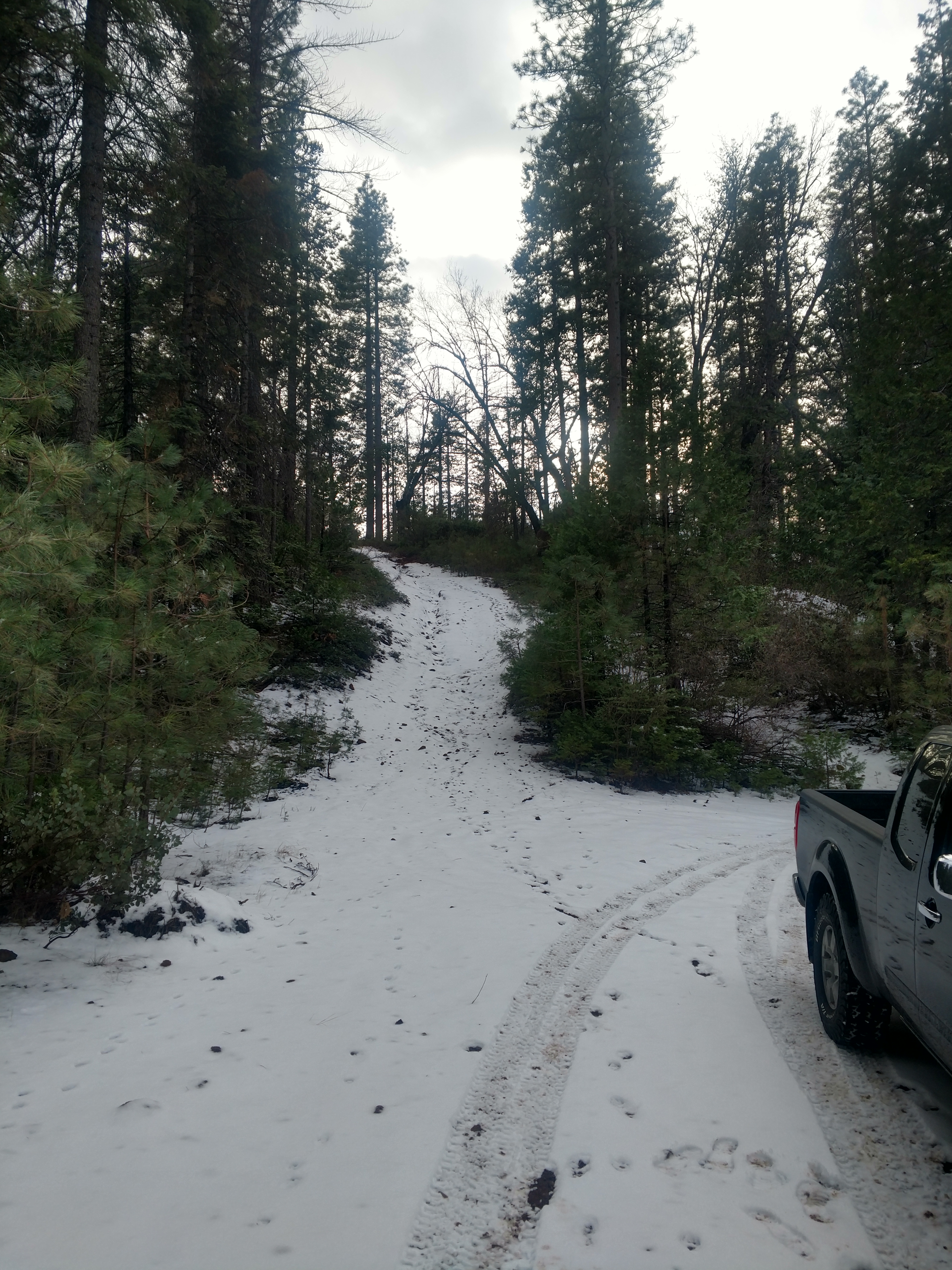
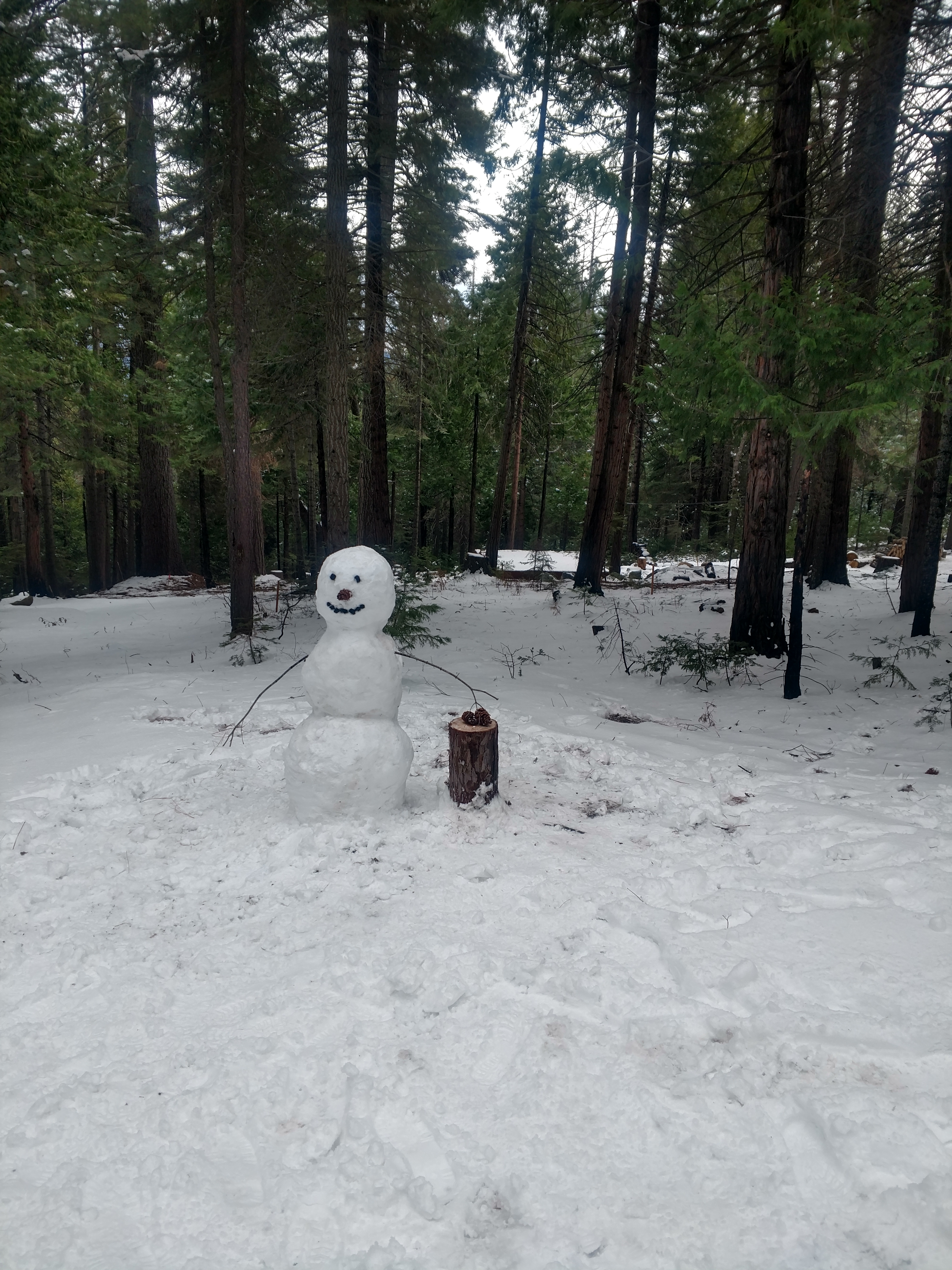

Thoughts and images on making a livable place in the Sierra Nevada Mountains.
Just some pics. Feb 2018.





I’ve heard from neighbors that there are bear sightings in the area from time to time. I thought that while I’m camping it would be a good idea to have some sort of bear box. I’ve got a backpacking bear canister but it’s tough to fit much in and if it’s multiple people up for the weekend, forget it. A friend’s suggestion of a jobsite box for storing supplies onsite morphed in my head from a place I keep my tent dry when I’m not there to also being the place I stash my cooler when I am there. It’s 16 gauge steel with recessed locks a bear can’t even touch. Not totally sure it would keep a determined bear out, but it’s better than leaving the cooler out near the tents or locking it in my truck. If it fails I’ll definitely post about that. Assuming I can….
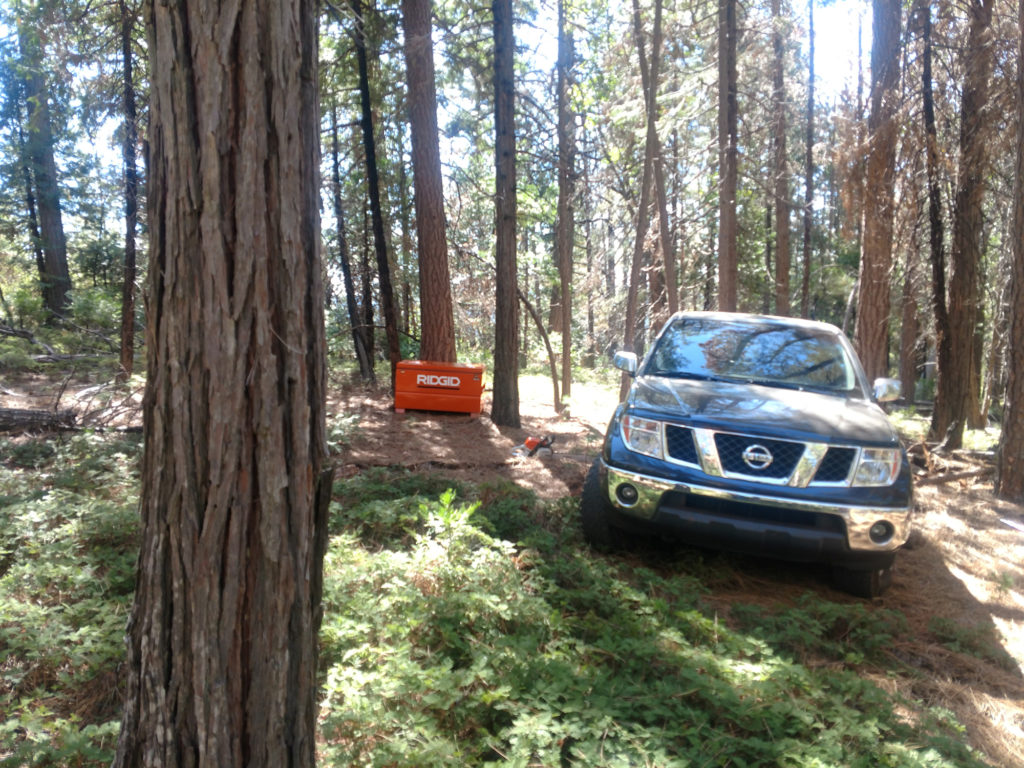
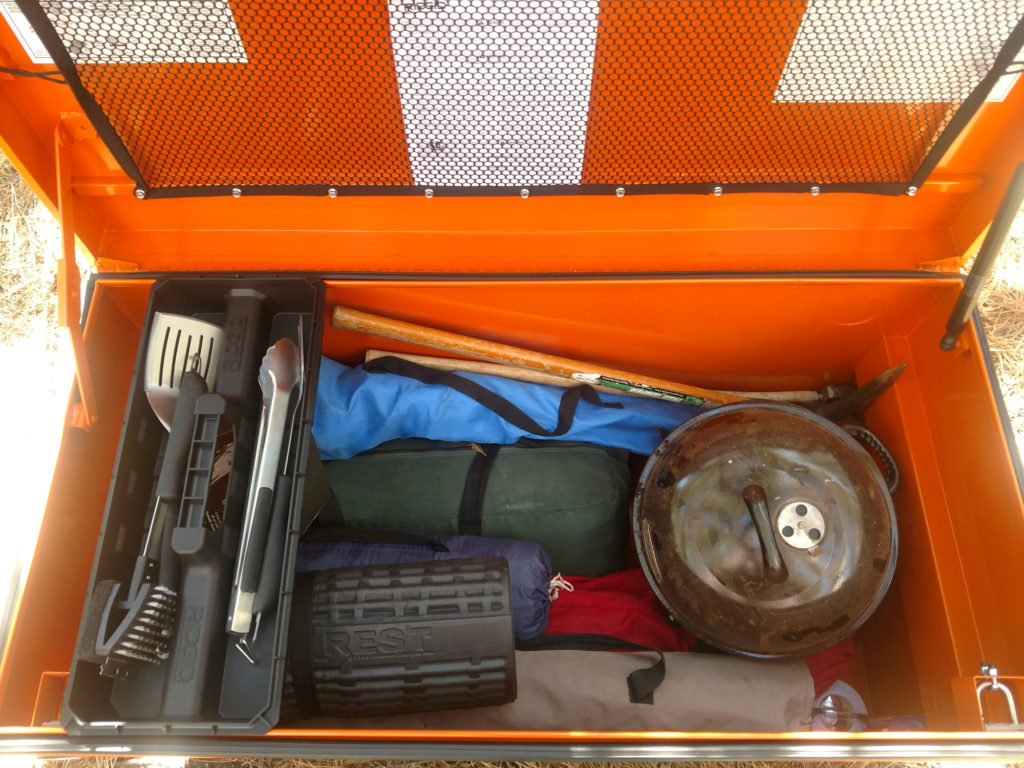
Picking the right spot was a long process that couldn’t have happened without setting some baseline requirements and expectations for the land. What you need out of your getaway property is a personal decision and yours might not be even remotely close to mine, but mine were:
I definitely didn’t have all of those goals dialed in when I started, but after looking at enough places my requirements started to gel. They shifted significantly as I saw what was reasonably possible within my budget, which is of course the big limiting factor. It is difficult to get a loan on bare land, especially a larger and more remote piece. It’s an illiquid asset and banks don’t want to get stuck with it if you default. You might be able to swing a construction loan with the land rolled in or sometimes the seller will carry, but it won’t look like a mortgage; generally the rate will be high and the term short. Most larger land deals are cash, so you’ve got to figure out how you’re going to fund it and what you’ve got to spend.
You can do a lot of good initial research online, but there is no substitute for working with a realtor who understands rural properties. They can find things on the market that you can’t, can help to ask the right questions, and can tell you things you might not figure out on your own, especially when you’re getting started. Without the guidance of my awesome realtors I might have jumped into a property that was gorgeous, huge, remote yet close to town, but didn’t have reliable year round access. I was thinking, I can get a snowmobile and hike in over the railroad tracks, but a fire truck isn’t going to do that. Once I was ready to build and tried to get homeowner’s insurance the insurance company would have told me to forget it, but by then it would have been too late. I’d have owned a beautiful piece of forest that I couldn’t do anything with. Just one extreme example of many.
Another thing that saved me a lot of trouble and money was having a friend who’s familiar with the arcane ways of the government entities that control land, the building departments, registrars offices, etc. I’ll see if I can get him to expound on this at some point, but his advice was always talk to the county, or whatever entity governs the property you’re looking at. They can be difficult to get hold of, but leave messages, call back, whatever it takes. Talk to them early and often. Ask for any documents you can get your hands on pertaining to your prospective parcel, old transfers of title, maps — especially maps — and read them carefully for any restrictions or requirements. Also, and this almost goes without saying, be sure you know what you’re getting. Have the corners marked by a surveyor and go walk the lines. Even the listing agent on my property was way off base about where the lines were. Turns out it goes a good deal further both north and south than we thought (hooray!) but that mistake could have gone against me too. Until you really know, assume you don’t know.